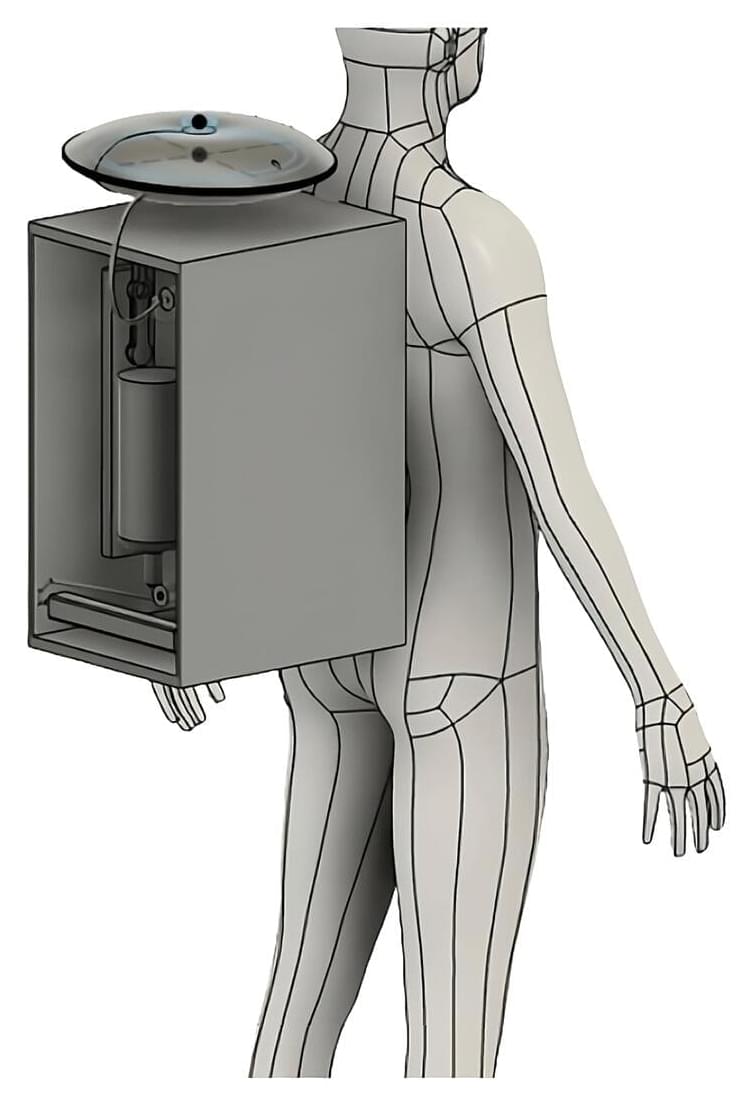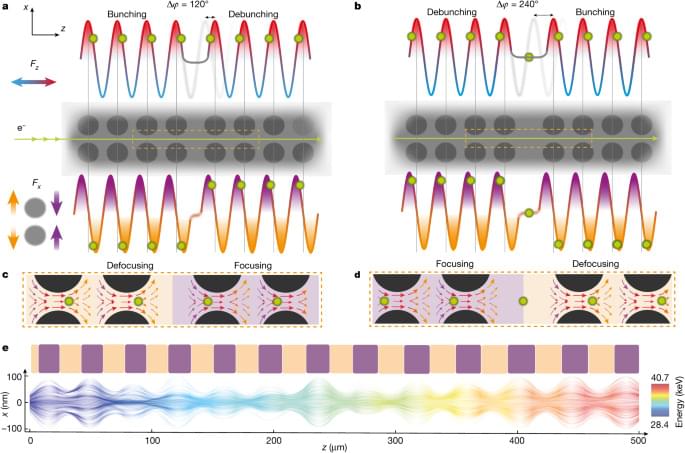Jul 12, 2024
Toddlers’ brains show significant growth in cognitive skills by 16 months, study finds
Posted by The Neuro-Network in category: neuroscience
Toddlers engage more regions of their brains around 16-months to help them develop important cognitive skills enabling them to follow simple instructions and control impulses. Findings from the study, led by the Universities of Bristol and Oxford, and published in Imaging Neuroscience, suggests 16 months is a critical period for brain development.
A child’s first two years of life are crucial for developing cognitive skills, particularly executive functions that help adjust thoughts, actions, and behaviours for everyday life.
Inhibitory control is one important executive function. This particular skills allows individuals to stop themselves from doing something out of impulse, habit or temptation. It’s already known that inhibitory control begins to develop in infancy and grows into early childhood. However, until now, the brain mechanisms involved in its development were unclear.


















